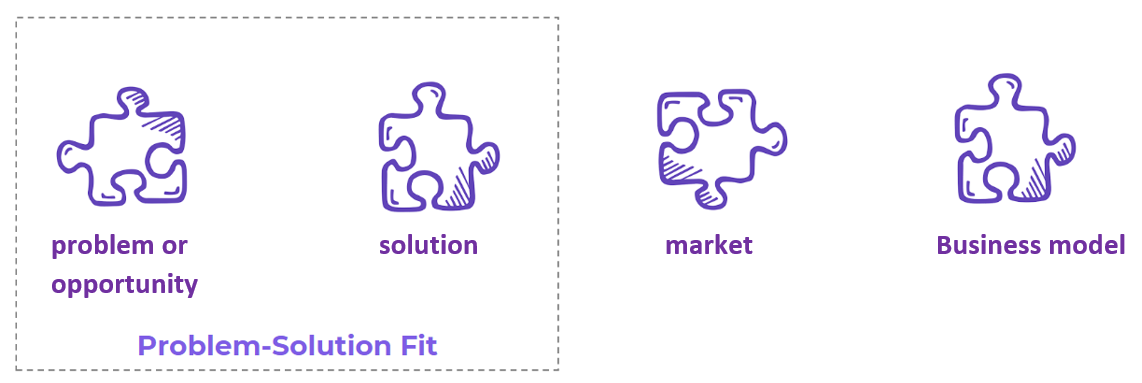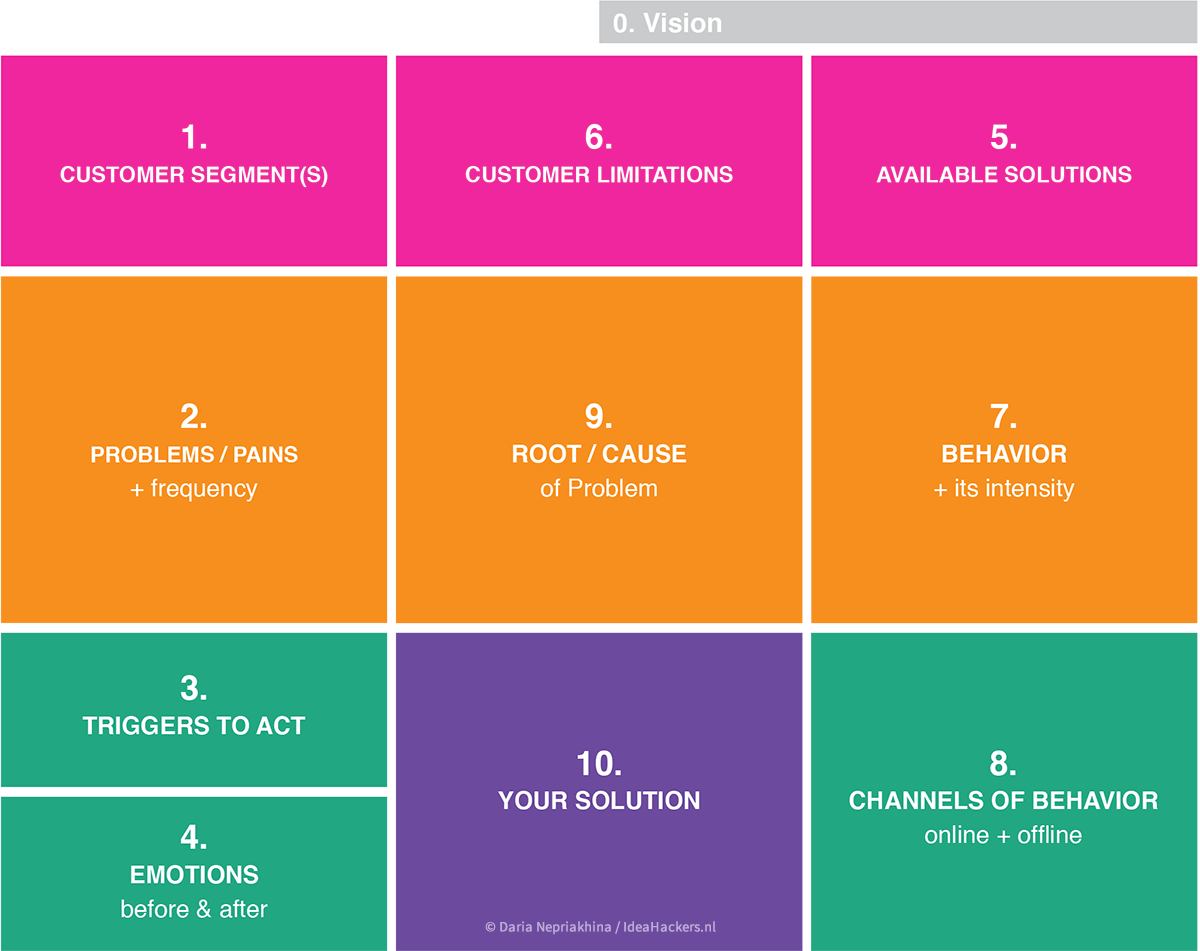
- Product Conception
When we identify a problem, we also identify an opportunity for a solution. This is the starting point for several startups and scale-ups that, in the universe of digital products, constantly seek to validate ideas quickly and with the lowest possible investment. On this journey, one of the goals is to achieve Problem Solution Fit.
For Ash Maurya, author of the book Running Lean: Iterate from Plan A to a Plan That Works, before investing months or years of effort into creating a product, the first step should be to validate whether developing it really makes sense. That is, if the proposed solution to solve the problem meets the expectations of the stakeholders – in this case, customers and users. To achieve this, it is essential to raise questions about what the problem is.
The first objective of the validation phase of a digital solution is to achieve Problem Solution Fit. Product experimentation and the observation of metrics are key factors supporting this journey, as they can prove that the product hypothesis solves a relevant problem for a certain group of people. By reaching this point, it becomes easier to meet potential users, and analyze whether the digital product is technically and economically viable.
In the book “The Startup Owner’s Manual: The Step-By-Step Guide for Building a Great Company“, Steve Blank and Bob Dorf point out that the customer discovery process helps in finding Problem-Solution Fit. This is why questions like: “Did we find a problem that many people want to be solved?” and “Does our solution convincingly solve this problem?” are so important. They help determine whether the value proposition matches the target audience that the digital solution plans to reach.
For the authors, “Problem Solution Fit is only achieved when the revenue model, prices, and acquisition efforts match the needs of customers”. To achieve this, it is necessary to validate hypotheses through interviews, surveys, and tests with prototypes, among others.
It is important to emphasize that many of these strategies can be tested even before the development of a Minimum Viable Product (MVP). Remember that your main mission is to find out if the specific solution is capable of solving a problem to such an extent that the customer will be convinced that he will have to pay for it.

As we mentioned, one of the main uncertainties of a startup is validating the real existence of an opportunity, and whether the proposed solution is applicable to the identified problem. However, it is important to emphasize that internal systems of medium and large companies also need to achieve Problem Solution Fit.
Often, a person in a management position proposes a digital solution based on the belief that it will make work easier or increase profits. Developing this, without conducting research with internal users, or working on a validation step, can result in spending time and money. Remember: customers and users don’t behave according to your business plan.
The second objective of the validation phase of a digital solution is to find Product-Market Fit. After proving that the solution actually solves a real problem, we need to validate its acceptance and performance in the market. For this, it is necessary to have the Business Model defined and part of the MVP built, to collect feedback from the first users.
That is, Problem Solution Fit precedes Product-Market Fit and proposes to analyze and understand a problem that can affect the positioning and differentiators of a product in the market. Product-Market Fit is the process of finding a group of customers and a market that reacts positively to your product.
Created by Daria Nepriakhina, the Problem-Solution Fit Canvas is based on Lean Startup principles. Its purpose is to help entrepreneurs, marketers, and innovation leaders to identify behavioral patterns. “This model helps to find solutions with greater chances of future adoption, in addition to reducing the time spent on tests”, Daria highlights.
The Problem Solution Fit Canvas is a tool that transforms a problem into a solution, taking into account the customer’s behavior and the surrounding context. According to Daria, with this model it is possible to analyze problem-solving in-depth, thus increasing the chances of finding Problem-Solution Fit and Product-Market Fit.
The structure of the canvas consists of four pillars:

Finding the Problem Solution Fit may not be an easy task. At SoftDesign, the Product Conception service helps in defining the target audience, the value proposition, and the strategic planning of new products.
While in the Product Experimentation service, our multidisciplinary team works on the development of MVPs, which allow for testing hypotheses and validating business ideas. Thus, you reduce risks and save financial resources before going into the development stage.
Need help finding solutions and creating products that meet user needs? Fill out the form below and chat with our team of experts.
Experience having a reliable partner to your IT challenges. Let’s talk about our unique approach to discover and deliver outstanding solutions.


